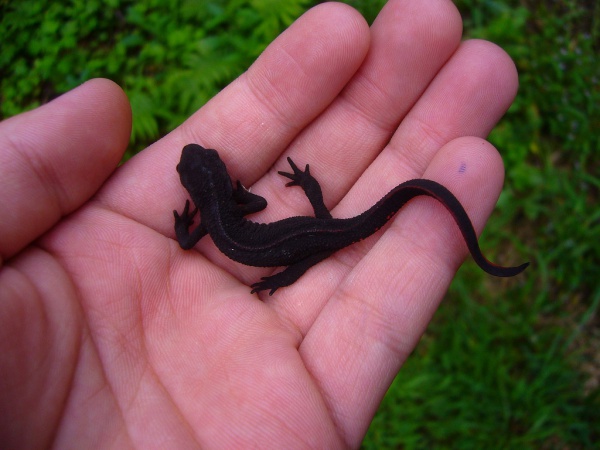Facts About Japanese fire belly newt
The Japanese fire-bellied newt is a captivating amphibian native to Japan and a member of the Salamandridae family. People often mistake it for the Chinese fire-bellied newt due to their similar appearance. Nevertheless, the Japanese fire-bellied newt is larger, possessing rough, pebbly skin and prominent parotoid glands (the bumps behind its eyes). These newts typically reach lengths of about 9-14 cm and have a brown to black dorsal side adorned with red specks or spots. Their undersides are a vivid orange to crimson, marked with darker patterns. During the breeding season, males can be identified by their swollen cloacae and sometimes exhibit a blue iridescent sheen along with smoother skin.
In the wild, these newts inhabit Japanese islands such as Honshū, Shikoku, and Kyūshū. They show a preference for clear, cool waters like ponds, ditches, pools, or lakes. There are six recognized subspecies of the Japanese fire-bellied newt, each native to different regions of Japan.
One intriguing aspect of these newts is their toxicity. They carry tetrodotoxin (TTX), a powerful neurotoxin, in their skin. This toxin can be fatal to humans and other animals within six hours if ingested. However, newts bred in captivity may gradually lose their toxicity, possibly due to environmental factors that influence toxin production by bacteria.
